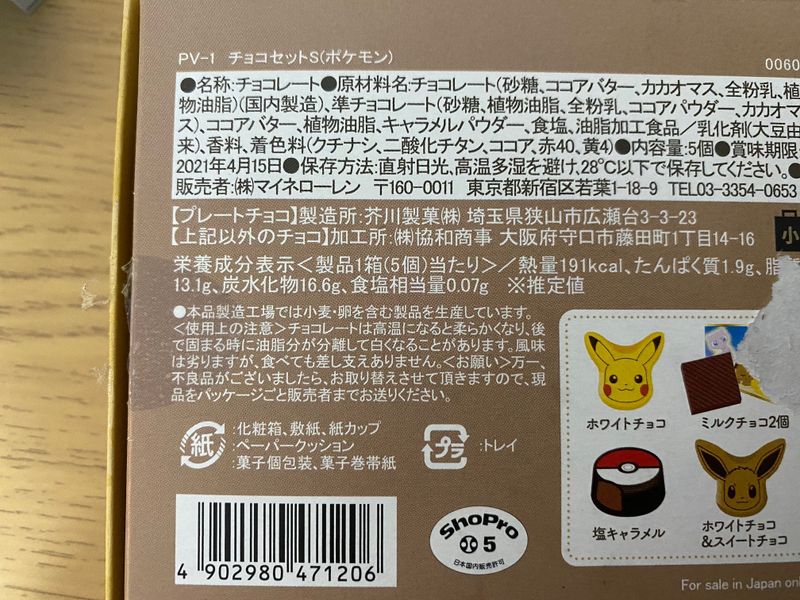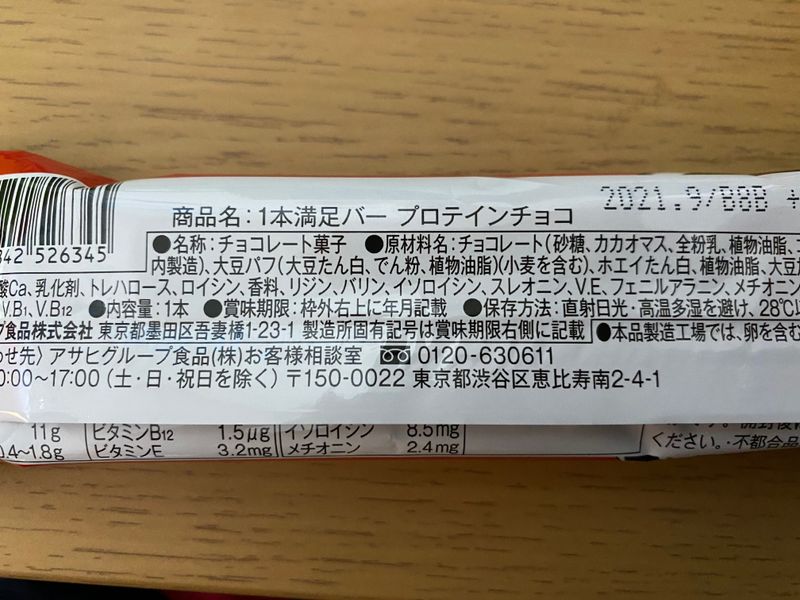Feb 1, 2021
Reading food labels in Japanese
As a foreigner, you might have a difficult time to understand food labels in Japanese so you can find out what you are actually eating. I want to provide some help by listing-up some things you might want to look out for. If you want to check the ingredients of a product you will have to look for 原材料名 (Genzairyoumei) on the back of the package.

Food Label of Chocolate
Gluten
Gluten-free is not really a thing in Japan. Although there are some shops that sell special products most products you can find in the supermarket are not gluten-free unless they are naturally gluten-free products. If you want to check whether a product contains wheat you have to look for the word 小麦 (Komugi) on the ingredients list. Some products also have warning reading something like 本品製造工場では小麦を含む製品を生産しています。- which means that the product was produced in a place where products using wheat are used so I can contain grains of gluten even if it would gluten-free naturally.
Emulsifiers
I recently found out that emulsifiers can cause digestive issues for some people especially when consumed together with gluten even if they don't have a gluten allergy. Emulsifiers can be found mostly in sweets and dairy products and you have to look out for the word 乳化剤 (Nyukazai).
Sugar
Unlike in Germany where the calorie table of a product shows you how much calories of that product come from sugar in Japan most products are not that detailed and only show you the general carb content. You can get an idea of whether a product contains a lot of sugar by checking where on the ingredients list sugar is listed. The earlier it is listed the more sugar the product contains. To check for sugar look for the word 砂糖 (Satou).
You might be surprised how much many products actually contain quite a lot of sugar.

The ingredients list of a protein bar. As you can see sugar is listed early. The actual product name is not "protein bar" but "chocolate sweet". Don't be fooled by products that pretend to be healthy.
Artificial Sweeteners
With regard to artificial sweeteners some people say you should avoid them, others say you can consume them without any risks. But as far as I know, there is no data that shows what happens if you consume them over the long term. So if you want to be safe and avoid them look for the word 甘味料 (Kanmiryo).
A german health and fitness YouTuber I sometimes watch recommends to avoid products with more than 5 items on the ingredients list and I think that is a good rule of thumb.
Are you reading the labels of the food you buy in the supermarket?



1 Comment
TonetoEdo
on Feb 2
I'm always checking the labels on the few processed foods I buy. One food I'm very particular about is bread. My local supermarket stocks different kinds, but many have sugar listed on the label. However, one product has no sugar and is satisfyingly crunchy. I'll post about it soon!